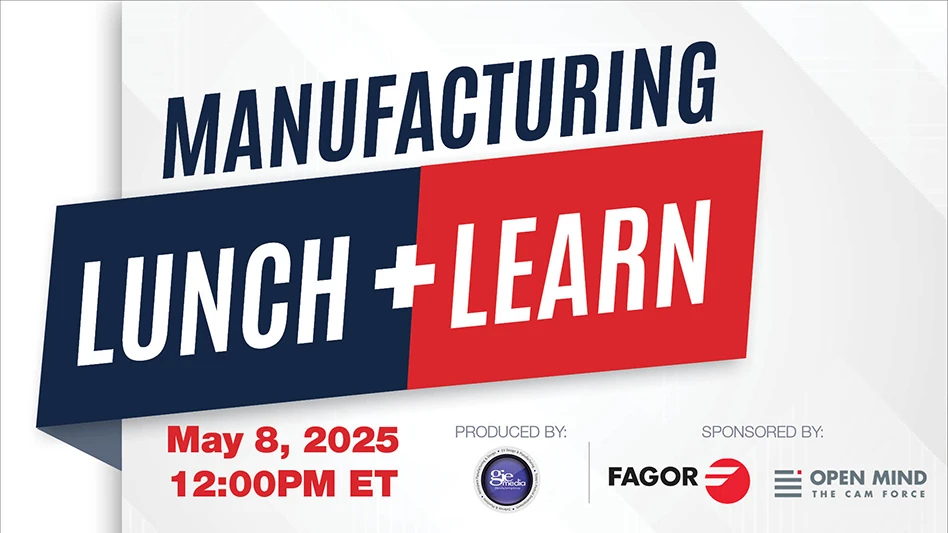Lab for testing, manufacturing, and sales of Zirconia UltraThineer Veneers

Boston Micro Fabrication (BMF) opened the UltraThineer Lab at its U.S. headquarters in Maynard, Massachusetts to advance the production of UltraThineer veneers. The lab will house BMF’s proprietary technology, projection micro stereolithography (PµSL), to custom manufacture cosmetic veneers that are 3x thinner than traditional veneers.
Since receiving FDA 510(k) clearance for its innovative UltraThineer material in the spring of 2024, BMF has collaborated with industry-accredited dental labs to administer test cases using the veneers. At just 0.08mm thick, the ultra-thin and strong 3D-printed zirconia veneers offer patients a highly precise fit for aesthetic restoration, whereas traditional veneers are manufactured to a thickness of approximately 0.5mm or more. https://ultrathineer.com
FP3D resin, proven dual-cure technology

Carbon recently announced the development of FP3D, a flexible, removable partial denture (FRPD) resin, offering significant advancements in the performance and reliability of dental appliances.
FP3D was engineered to push the boundaries of durability, flexibility, and strength and designed to achieve properties similar to some traditionally produced, polymer-based flexible partial denture materials. It’s expected to launch in late 2025, pending FDA clearance.
Traditional single-cure resins often fall short when it comes to demanding dental applications, lacking the necessary durability, retention, and lifetime of the device required for a flexible partial application. Carbon’s FP3D material is designed to overcome these limitations by embedding secondary heat-activated chemistry within the resin. This secondary reaction enables the material to build strength and durability in a bake step without sacrificing viscosity and accuracy in the printing step. This proprietary chemistry results in robust engineering-grade parts through isotropic mechanical responses with high durability. https://www.carbon3d.com
Get curated news on YOUR industry.
Enter your email to receive our newsletters.
Explore the April 2025 Issue
Check out more from this issue and find your next story to read.
Latest from Today's Medical Developments
- Siemens accelerates path toward AI-driven industries through innovation and partnerships
- REGO-FIX’s ForceMaster and powRgrip product lines
- Roundup of some news hires around the manufacturing industry
- Mazak’s INTEGREX j-Series NEO Machines
- The Association for Advancing Automation (A3) releases vision for a U.S. national robotics strategy
- Mitutoyo America’s SJ-220 Surftest
- #56 - Manufacturing Matters - How Robotics and Automation are Transforming Manufacturing
- STUDER looks back on a solid 2024 financial year






